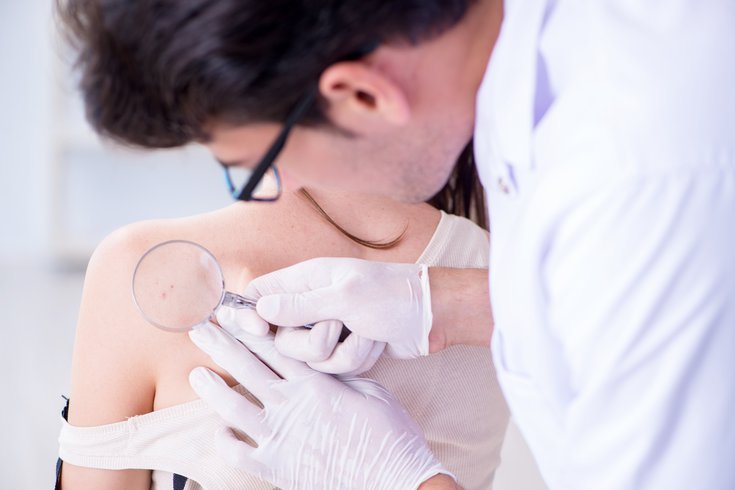
November 11, 2020
 Source/Image licensed by Ingram Image
Source/Image licensed by Ingram Image
Photo-based telemedicine can help help reduce lengthy wait times for dermatologist consults, Penn Medicine and Independence Blue Cross researchers say.
As the demand for dermatologic care continues to increase – the Skin Cancer Foundation estimates that more than 5 million new cases of nonmelanoma skin cancer are diagnosed each year – wait times for consults grow longer.
But utilizing telemedicine can reduce that wait significantly, according to researchers from the University of Pennsylvania and Independence Blue Cross.
The response time for a dermatology consultation drops from nearly 84 days to less than five hours when primary care doctors take and share photographs of their patients' areas of concern.
Patients typically must book a visit with their primary care physician and obtain a referral before they can receive a consult with a dermatologist. Wait times for new patients visits are notoriously lengthy.
The researchers said their study offers evidence that photo-based telemedicine can be a more efficient way to deliver care in dermatology and other specialities.
"Telemedicine offers the opportunity to accelerate health care access by getting around infrastructure barriers: namely, heavily booked dermatology practices," Dr. Jules Lipoff, study senior author and assistant professor of clinical dermatology said in a statement.
In the study, five primary care practices sent photos over a secure application to a rotation of eight dermatologists for consult.
This process was used for 167 patients between June 2016 and May 2017. The findings were then compared to a retrospective control group of 1,962 people that followed the traditional process.
The doctors used a shared digital photography service known as "Store-and-Forward" to send the photos. Similar models have been tested in smaller patient groups.
The extra step didn't increase the doctors' workloads or add medical costs either, according to the study, published in the journal Telemedicine and e-Health. And it didn't lead to an increase in overall consultations.
Although the data was collected prior to the COVID-19 pandemic, it is particularly relevant now, researchers said.
"The COVID-19 pandemic has illustrated just how important it is to ensure patients have the ability to access the care, education and support they need virtually," said co-author Aaron Smith-McLallen, director of Health Informatics and Advanced Analytics at Independence Blue Cross.
"We see a future where more and more of our members will be using digital tools to complement in-person care, and we are working with our provider partners to make that a reality."